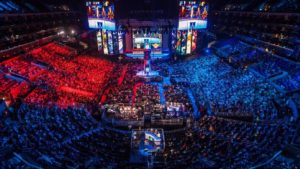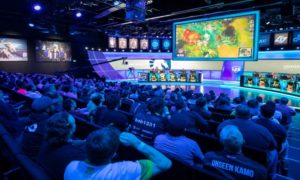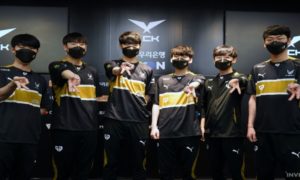The debate of whether or not esports athletes are in fact ‘athletes’ has been going on for a really long time – and now new fuel has been added to said debate. A recent study done by the University of Waterloo.
They compared the visual skills of both types of athletes – and found surprising results. Both physical and esports athletes rely heavily on acute visual skills – they need to be able to react quickly to what they are seeing. This prized ability is essential… and yet, in this study, UWaterloo found the esports athletes performing worse.
“Athletes involved in sports with a high-level of movement – like soccer, football, or baseball – often score higher on dynamic visual acuity tests than non-athletes. Our research team wanted to investigate if action video gamers – who, like e-sport athletes, are regularly immersed in a dynamic, fast-paced 2-D video environment for large periods of time – would also show superior levels of dynamic visual acuity on par with athletes competing in physical sport.” Kristine Dalton of Waterloo’s School of Optometry and Vision Science said.
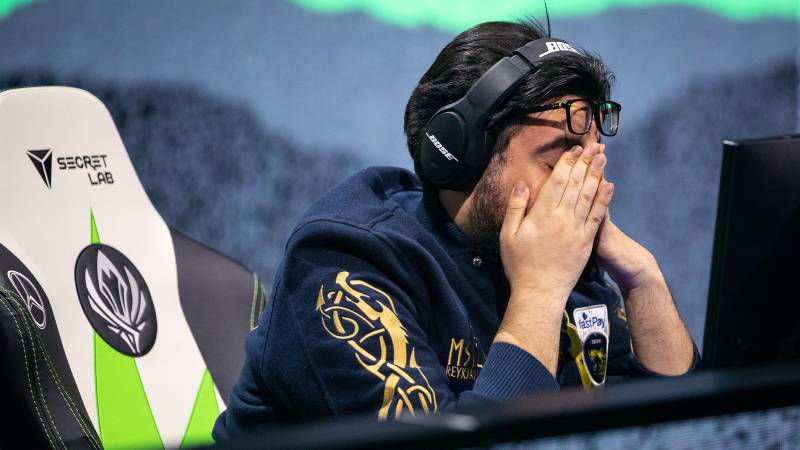
Dynamic visual acuity is the exact name of what was tested – the ability to spot moving objects quickly, clearly and accurately. According to the results physical athletes tended to ace the test, whereas esports players (specifically those who played action games) tended to perform more similar to average, normal people and non-athletes.
“Ultimately, athletes showed a stronger ability to identify smaller moving targets, which suggests visual processing differences exist between them and our video game players.” said Alan Yee, a PhD candidate in vision science.
This could have an impact on how much real athletes train in 3D virtual environments – where a lot of athletic facilities are using virtual trainings, they may trend away from it. This is despite the fact that this study actually doesn’t at all suggest that type of training is bad, merely less efficient.
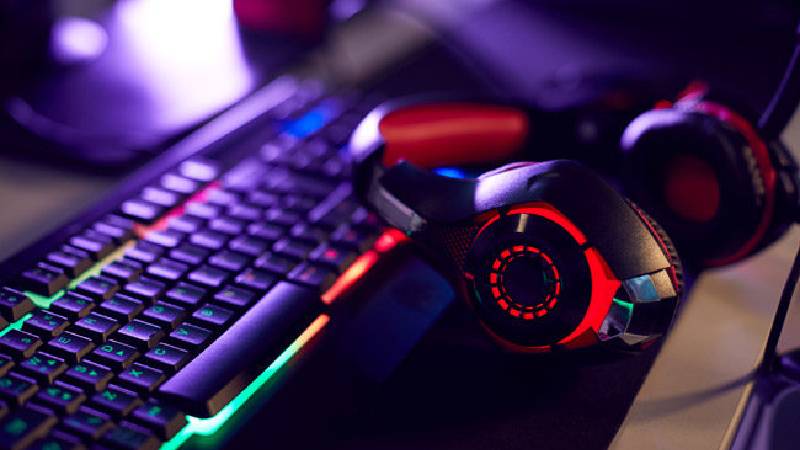
“Our findings show there is still a benefit to training in a 3-D environment.” Dalton said. “For athletes looking to develop stronger visual skills, the broader visual field and depth perception that come with physical training may be crucial to improving their dynamic visual acuity – and ultimately, their sport performance.”
In other words, while 3D and virtual trainings can have benefits, visual acuity is better trained in the real world. If nothing else, this might mean that esports athletes could also benefit from a slight shift in training, with a little more ‘real’ visual skills training than, for example, aim training on the computer or console.
Whether this study will have a lasting impact on how either of the two types of athletes train remains to be seen – it certainly raises some interesting questions about athletes and their training!
If you are interested in esports betting, do not miss our guide on how to bet on esports.

